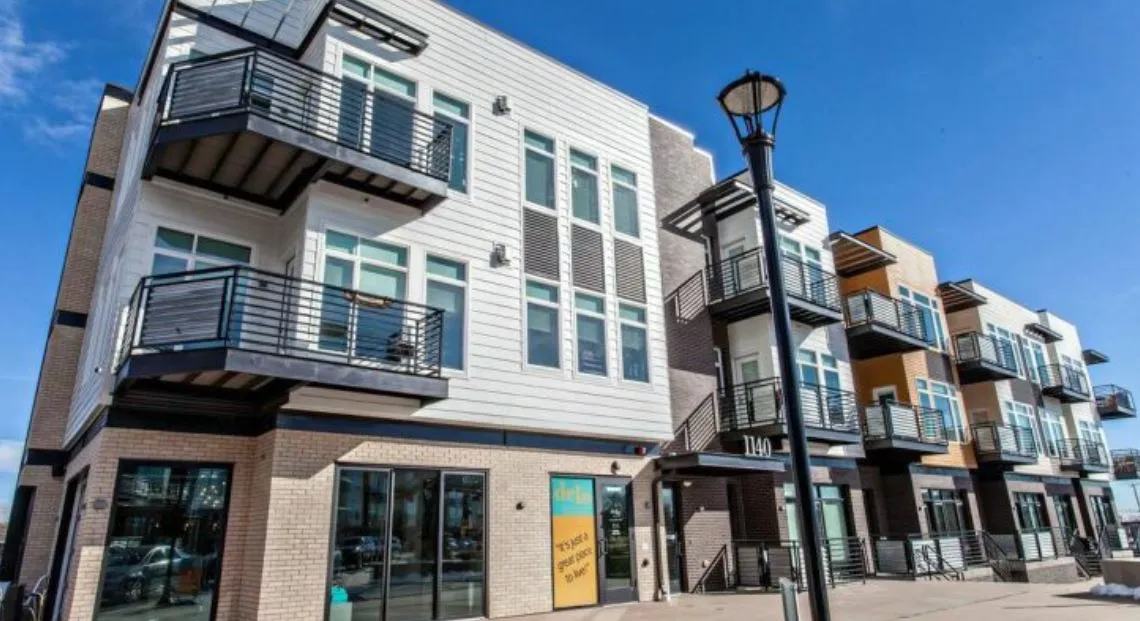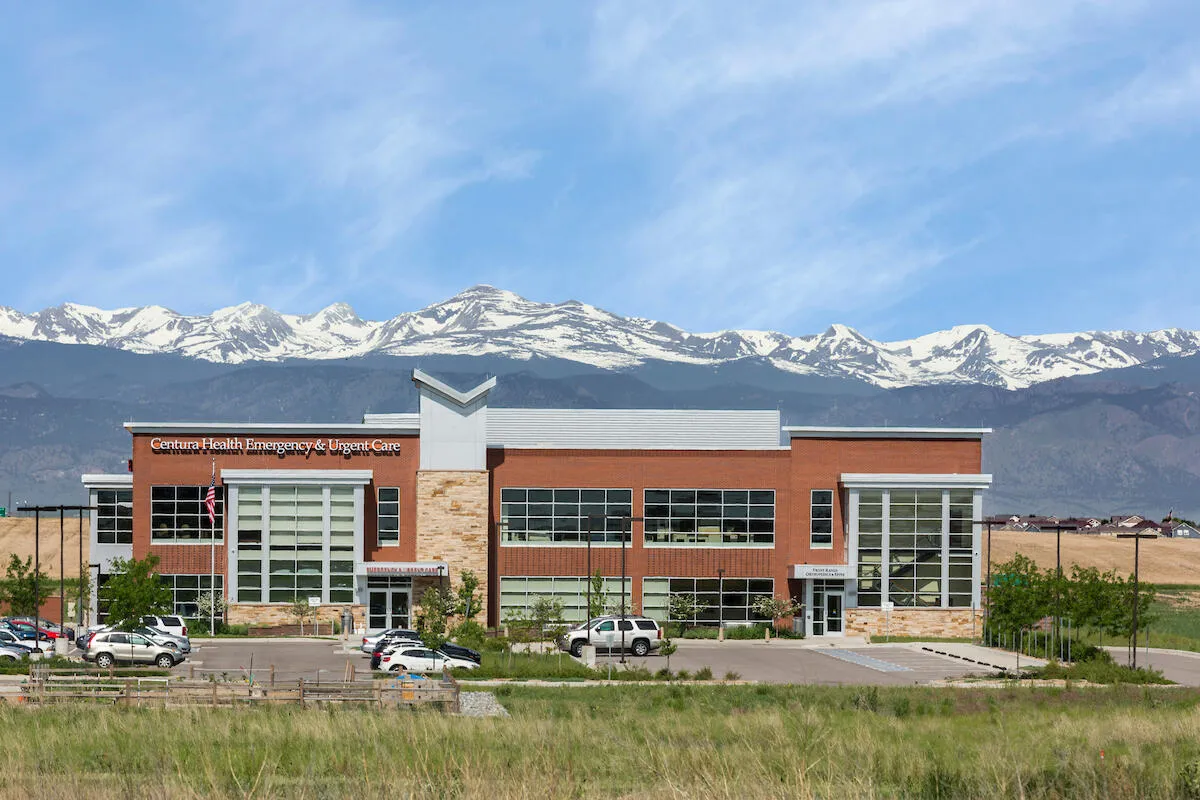Marshall Fire: Here’s what to do right now if you lost your home in Boulder County

An attorney from Granby who helped homeowners with insurance claims after the 2020 East Troublesome Fire said carriers are required by law to cover certain expenses and provide policy information in a timely manner.

As wind gusts propelled the Marshall Fire from one Boulder County residential neighborhood to the next last week, lawyer Natascha O’Flaherty was at work still seeking insurance payouts for homeowners who lost properties in the 2020 fire. That disaster burned approximately 366 homes before jumping the Continental Divide into Rocky Mountain National Park.
She said dozens of residents are still awaiting payment on insurance claims.
“It’s maddening,” said O’Flaherty, who is working with Rep. Judy Amabile, a Democrat from Boulder, on legislative reforms related to wildfire insurance claims.
Wildfires in recent years, fueled by climate change, a decades-long drought and the build up of combustible materials resulting from fire suppression, have burned more land than ever before on record.
O’Flaherty hopes to help homeowners in Boulder County get paid what they’re owed under their policies in a timely manner. Fire victims, she said, have rights enshrined in Colorado law holding insurance companies to certain timelines and reimbursement policies.
The Marshall Fire, while relatively small in geographic size, appears unprecedented in state history in terms of sheer structural destruction. In fewer than 12 hours, it destroyed more than nearly 1,000 homes and businesses, according to property lists made available from county officials. A small grassland fire south of the city of Boulder swelled as gusts topping 100 miles per hour billowed the blaze across Highway 36 into Superior and Louisville, suburban communities in southeast Boulder County.
As of Thursday night, about 100 evacuees set up cots inside basketball courts and weight rooms at the YMCA of Northern Colorado in Lafayette. Many had little more than a bag of clothes and their pets with them as they waited to return to their homes not knowing what had been lost.
As these residents and their loved ones consider what to do next in these early days of tumult and displacement, O’Flaherty, who has spent the last year reviewing insurance contracts, said many homeowners should get a head start as soon as today on filing insurance claims. Here are her recommended steps:
First, contact your carrier.
O’Flaherty said homeowners and renters should immediately let their carriers know about the property loss. They should get a claim number and request a contact for an insurance adjuster, an agent who investigates property damage.
Get a copy of your policy.
By law, companies have three business days to provide a copy of the insurance policy. O’Flaherty said residents should then request a separate certified copy, which carriers must provide within 30 days.
In the meantime, keep all your receipts.
This includes all expenses related to the evacuation, such as hotels, meals, pet supplies and clothing. These necessities are reimbursed under contents coverage and what’s known as additional living expenses, or ALE, coverage. O’Flaherty said ALE coverage may also pay for sheltering animals and livestock.
Claim your 30%.
By law, homeowners or renters who lost their primary residence are eligible for a payment of 30% of the value of their destroyed personal property without a written inventory. O’Flaherty said this money can help families replace urgent necessities, such as clothing.
Look for housing.
O’Flaherty said it may be a year or more before homeowners are able to rebuild. By law, ALE policies must cover the cost of temporary housing for at least one year. She said residents should contact their carrier and find out how much their coverage provides and how long it lasts. She said this could be used for rental costs. Or, she said, ask your carrier if it will pay a monthly fair market value of the home lost toward the purchase of a temporary home while you rebuild or whether the carrier will pay out the ALE coverage in advance.
O’Flaherty acknowledged finding another home won’t be easy. The hundreds of homes burned will exacerbate a housing crisis across the Front Range. The neighborhoods surrounding the city of Boulder have helped provide residents more affordable housing options. More than half the people who work in the city commute into town.
“Rental prices will soar,” O’Flaherty said. “There are now hundreds of people scrambling for a new home.”
She said homeowners and renters can file complaints with the Colorado Division of Insurance if they have issues getting paid.
O’Flaherty can be contacted at 970-776-3311, Info@McDonoughLawLLC.com, www.mcdonoughlawllc.com
John Herrick writes for the Boulder Reporting Lab.
An attorney from Granby who helped homeowners with insurance claims after the 2020 East Troublesome Fire said carriers are required by law to cover certain expenses and provide policy information in a timely manner.

As wind gusts propelled the Marshall Fire from one Boulder County residential neighborhood to the next last week, lawyer Natascha O’Flaherty was at work still seeking insurance payouts for homeowners who lost properties in the 2020 fire. That disaster burned approximately 366 homes before jumping the Continental Divide into Rocky Mountain National Park.
She said dozens of residents…




